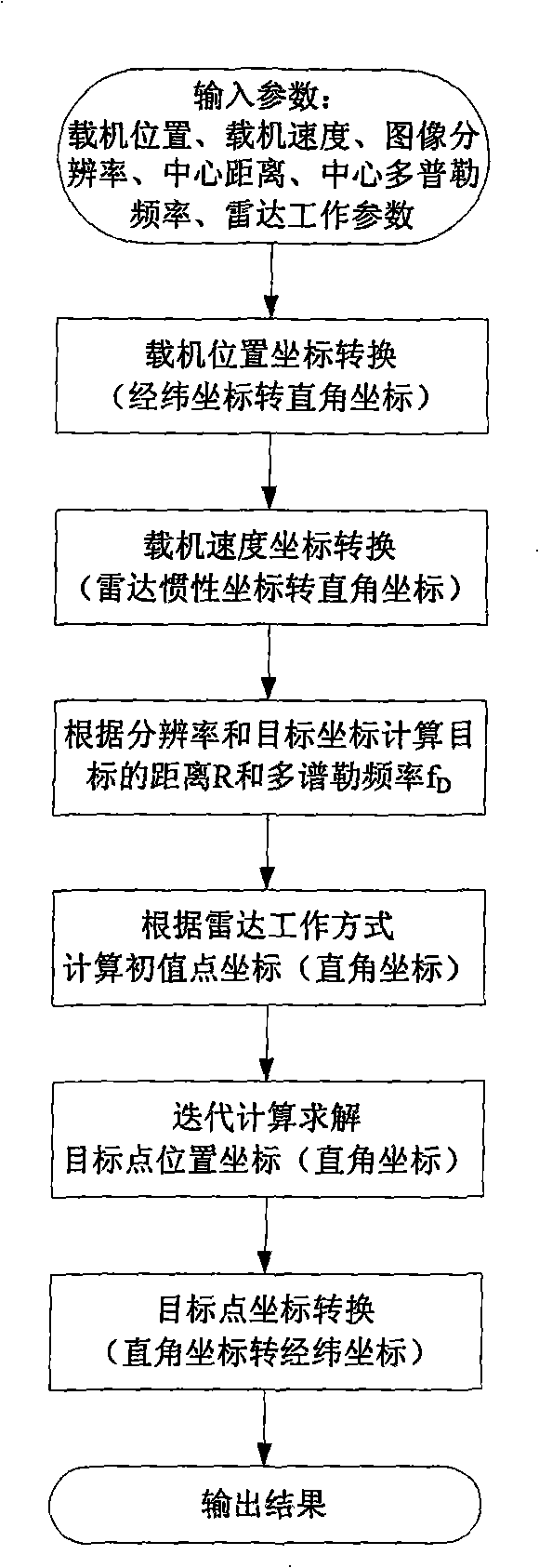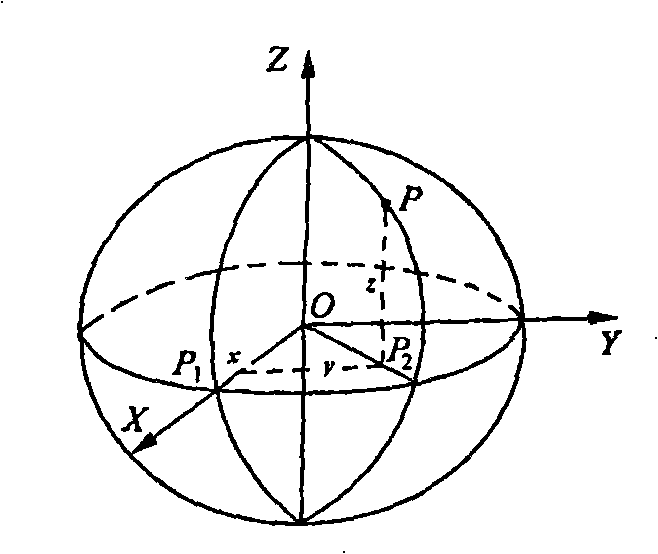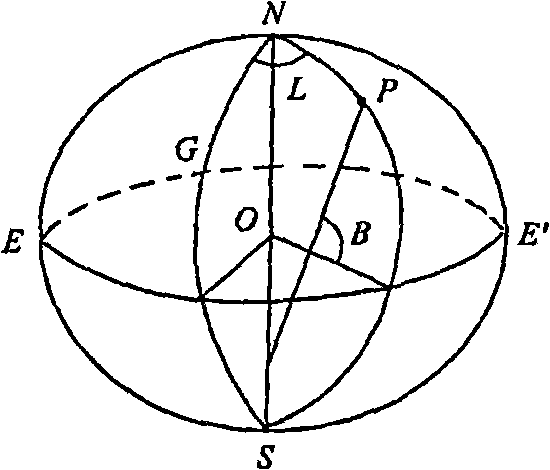On-board SAR image automatic target positioning method
A target positioning and image technology, applied in the direction of radio wave reflection/re-radiation, using re-radiation, measuring devices, etc., can solve problems that affect the convergence direction of iterative algorithms, low positioning accuracy, and deviation of positioning results, so as to avoid the target Effects of confusion, high positioning accuracy, and fast speed
- Summary
- Abstract
- Description
- Claims
- Application Information
AI Technical Summary
Problems solved by technology
Method used
Image
Examples
Embodiment Construction
[0021] First briefly introduce several different coordinate systems used in the present invention:
[0022] (1) Space Cartesian coordinate system: take the center of the earth O as the origin of the coordinates, the X-axis is the intersection line between the initial meridian plane and the equator, pointing to the intersection of the half branch of the Greenwich meridian and the equator; the Z-axis is along the rotation axis of the earth Pointing to the positive North Pole; the Y axis is also in the equatorial plane, making this coordinate system constitute a right-handed Cartesian coordinate system O-XYZ. In this coordinate system, the position of point P is represented by (x, y, z), such as figure 2 shown.
[0023] (2) WGS84 geographic coordinate system: use a reference ellipsoid to model the earth, the center of the ellipsoid coincides with the center of mass of the earth, the minor axis of the ellipsoid coincides with the rotation axis of the earth, and the starting meri...
PUM
 Login to View More
Login to View More Abstract
Description
Claims
Application Information
 Login to View More
Login to View More - R&D
- Intellectual Property
- Life Sciences
- Materials
- Tech Scout
- Unparalleled Data Quality
- Higher Quality Content
- 60% Fewer Hallucinations
Browse by: Latest US Patents, China's latest patents, Technical Efficacy Thesaurus, Application Domain, Technology Topic, Popular Technical Reports.
© 2025 PatSnap. All rights reserved.Legal|Privacy policy|Modern Slavery Act Transparency Statement|Sitemap|About US| Contact US: help@patsnap.com



